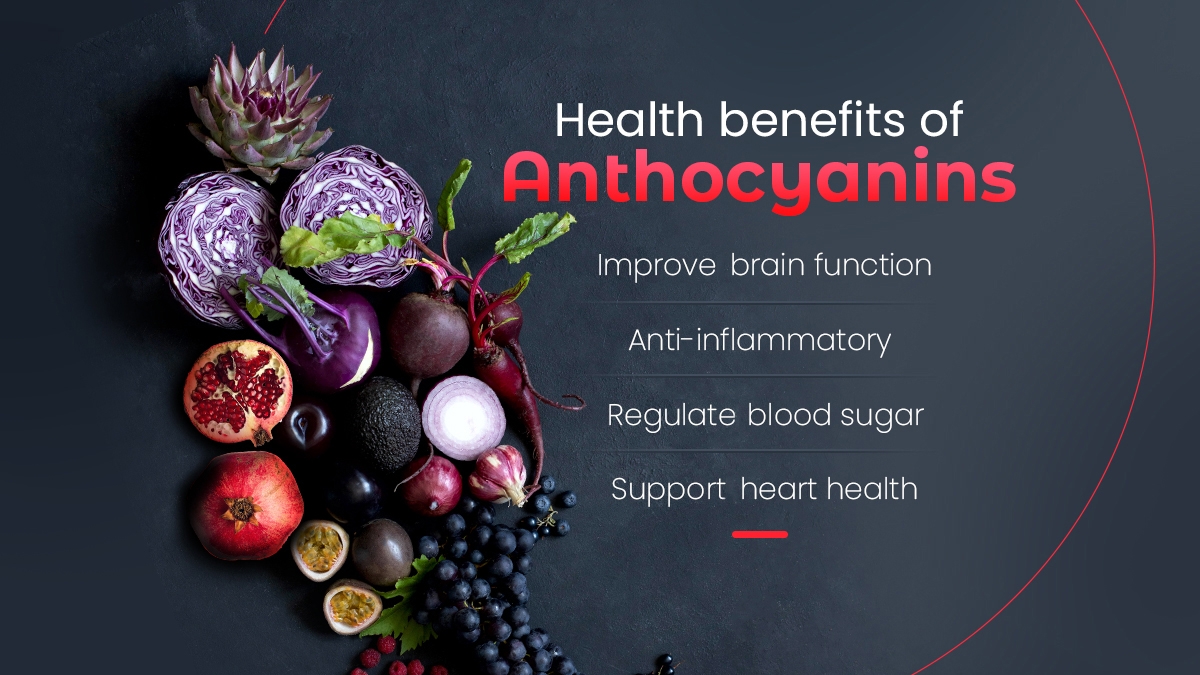
It’s no secret that a healthy diet plays a crucial role in maintaining overall health. However, recent research suggests that consuming certain fruits could play a significant role in preserving lung health as we age. Particularly, red and blue fruits like blueberries and strawberries, rich in a flavonoid known as anthocyanin, have been found to slow down the natural decline of the lungs.
The Health Boosting Benefits of Anthocyanin
Anthocyanin is a type of antioxidant that’s found abundantly in red and blue fruits. Not only does this compound give these fruits their vibrant color, but it also provides a host of health benefits. One of the most significant benefits of anthocyanin is its impact on lung health. According to GreenWorld, anthocyanin can help reduce the risk of lung cancer and improve lung function. This potent antioxidant fights against harmful free radicals in the body, reducing oxidative stress, which is a key factor in many chronic diseases, including lung cancer.
Blueberries: A Nutritional Powerhouse
Blueberries are one of the best sources of anthocyanin. They’re not only delicious but also offer a multitude of health benefits. Everyday Health highlights that blueberries are an excellent source of antioxidants and vitamins. They can be incorporated into a variety of dishes and desserts, making them an easy addition to any diet. However, it’s important to carefully select and store blueberries for the best quality and flavor. When choosing blueberries, look for berries that are firm, dry, and have a smooth, slightly silvery surface. They should be stored in the refrigerator in their original packaging, where they can last for up to two weeks.
Consuming Red and Blue Fruits
While blueberries are a fantastic source of anthocyanin, they’re not the only fruit that can help protect your lungs. Other red and blue fruits such as strawberries, red grapes, and blackberries are also rich in this beneficial antioxidant. Incorporating a variety of these fruits into your diet can provide a spectrum of flavonoids and other beneficial compounds. These fruits can be eaten raw, added to salads, used in desserts, or blended into smoothies. They can also be added to yogurt or oatmeal for a nutritional boost.
Conclusion
To sum up, the consumption of red and blue fruits, rich in anthocyanin, can offer significant health benefits, particularly in terms of lung health. By slowing down the natural decline of the lungs, these fruits present a simple and delicious way to help maintain lung function as we age. However, it’s important to remember that while diet plays a crucial role in health, it’s just one piece of the puzzle. Regular exercise, adequate sleep, and avoiding harmful habits like smoking are also vital for maintaining good health.
